Mad Hedge Technology Letter
July 22, 2020
Fiat Lux
Featured Trade:
(THE FUTURE IS HERE)
(USHIO)
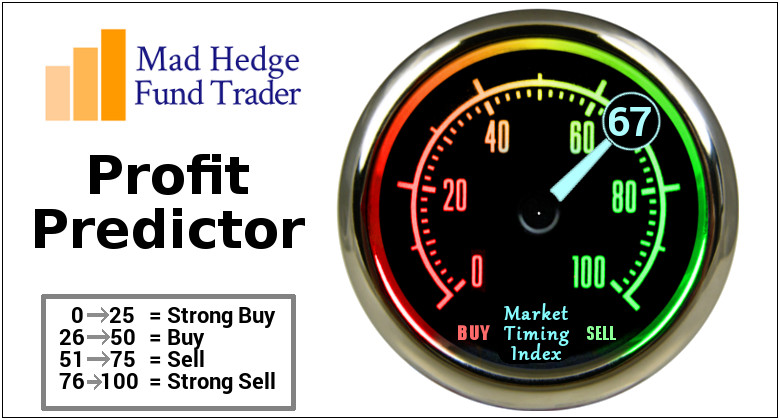
Mad Hedge Technology Letter
July 22, 2020
Fiat Lux
Featured Trade:
(THE FUTURE IS HERE)
(USHIO)

Transistor capacity has always put the kibosh on semiconductor chip performance.
Chipmakers have for decades drained investment into a revolutionary Japanese technique to stretch the limits of physics and cram more transistors onto pieces of silicon.
A secretive Japanese company that mastered the skill of manipulating light for applications is about to go mainstream with cutting edge technology.
Ushio Inc. achieved the once thought impossible task of refining powerful, ultra-precise lights needed to test chip designs based on extreme ultraviolet lithography (EUV), a process through which the next generation of semiconductors will be made.
The milestone means that the Japanese company will become a prominent player in future chipmaking and the technology that harnesses it.
“The infrastructure is now mostly ready,” said CEO Koji Naito in an interview.
Testing equipment was primarily holding back extreme ultraviolet lithography (EUV), but with that hold-up dealt with, production efficiency and yields can finally go up setting the stage for electronic manufacturers with the possibilities of producing substantially better consumer products.
The Tokyo-based company developed a light source for equipment used to test what are known as masks: glass squares slightly bigger than a CD case that act as a stencil for chip designs. These templates must be picture-perfect, even an iota of error in one of them can render every chip in a large batch unfit.
That’s where Ushio seamlessly slots in.
Its technology operates lasers to vaporize liquid tin into plasma and produce light closer in wavelength to X-rays than the spectrum visible to the human eye.
That light aids chipmakers in detecting errors in the product.
This process takes a room-sized machine that looks like a sci-fi death ray and requires a phalanx of workers to operate.
After 15 years of industrious development, the EUV business will generate profits next year.
Only Intel Corp. (INTC), Samsung Electronics Co., and Taiwan Semiconductor Manufacturing Co. (TSM) desire to go smaller than the 7-nanometer processes that are the current status quo of central processing unit (CPU) design.
The focus on niche areas and creating things that others can’t is set to pay dividends for Ushio.
Ushio is poised to seize control of the market for light sources used in the testing of patterned EUV masks, there are several boutique tech companies in the Tokyo area that are incessantly focused on high-precision manufacturing.
Ushio dominates lithography lamps used to make liquid crystal displays with 80% market share and controls 95% of the supply of excimer lamps used in silicon wafer cleaning.
Their secret sauce is balancing mass production with craftsmanship.
Materials like quartz glass are arduous to work with and possess peculiar thermal expansion properties from metals like the molybdenum in which they are housed.
I know this stuff seems like out of the realm of science fiction, but Japanese-specialized firms have always been at the vanguard of the semiconductor technology and that is still the same today.
Ushio was established in 1964, and it was the first Japanese company to develop and produce halogen lamps.
Starting from 1973, fishermen used its lights to catch squid in Tokyo Bay.
The firm has succeeded in more than tripling its sales over the past 25 years.
The company is now venturing into the use of sodium lamps to nurture plants and using ultraviolet light calibrated to such a precise wavelength to kill bacteria without damaging human skin.
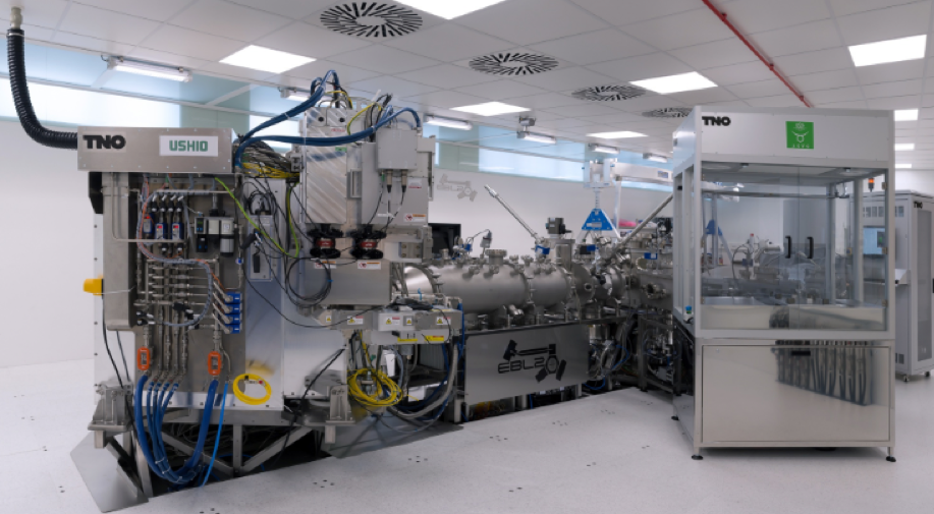
Mad Hedge Technology Letter
January 6, 2020
Fiat Lux
Featured Trade:
(THE FUTURE IS HERE)
(USHIO)

Transistor capacity has always put the kibosh on semiconductor chip performance.
Chipmakers have for decades drained investment into a revolutionary Japanese technique to stretch the limits of physics and cram more transistors onto pieces of silicon.
A secretive Japanese company that mastered the skill of manipulating light for applications is about to go mainstream with cutting-edge technology.
Ushio Inc. achieved the once thought impossible task of refining powerful, ultra-precise lights needed to test chip designs based on extreme ultraviolet lithography (EUV), a process through which the next generation of semiconductors will be made.
The milestone means that the Japanese company will become a prominent player in future chipmaking and the technology that harnesses it.
“The infrastructure is now mostly ready,” said CEO Koji Naito in an interview.
Testing equipment was primarily holding back extreme ultraviolet lithography (EUV), but with that hold-up dealt with, production efficiency and yields can finally go up setting the stage for electronic manufacturers with the possibilities of producing substantially better consumer products.
The Tokyo-based company developed a light source for equipment used to test what are known as masks: glass squares slightly bigger than a CD case that act as a stencil for chip designs. These templates must be picture-perfect, even an iota of error in one of them can render every chip in a large batch unfit.
That’s where Ushio seamlessly slots in.
Its technology operates lasers to vaporize liquid tin into plasma and produce light closer in wavelength to X-rays than the spectrum visible to the human eye.
That light aids chipmakers in detecting errors in the product.
This process takes a room-sized machine that looks like a sci-fi death ray and requires a phalanx of workers to operate.
After 15 years of industrious development, the EUV business will generate profits next year.
Only Intel Corp. (INTC), Samsung Electronics Co., and Taiwan Semiconductor Manufacturing Co. (TSM) desire to go smaller than the 7-nanometer processes that are the current status quo of central processing unit (CPU) design.
The focus on niche areas and creating things that others can’t is set to pay dividends for Ushio.
Ushio is poised to seize control of the market for light sources used in the testing of patterned EUV masks, there are several boutique tech companies in the Tokyo area that are incessantly focused on high-precision manufacturing.
Ushio dominates lithography lamps used to make liquid crystal displays with 80% market share and controls 95% of the supply of excimer lamps used in silicon wafer cleaning.
Their secret sauce is balancing mass production with craftsmanship.
Materials like quartz glass are arduous to work with and possess peculiar thermal expansion properties from metals like the molybdenum in which they are housed.
I know this stuff seems like out of the realm of science fiction, but Japanese-specialized firms have always been at the vanguard of the semiconductor technology and that is still the same today.
Ushio was established in 1964, and it was the first Japanese company to develop and produce halogen lamps.
Starting from 1973, fishermen used its lights to catch squid in Tokyo Bay.
The firm has succeeded in more than tripling its sales over the past 25 years.
The company is now venturing into the use of sodium lamps to nurture plants and using ultraviolet light calibrated to such a precise wavelength to kill bacteria without damaging human skin.
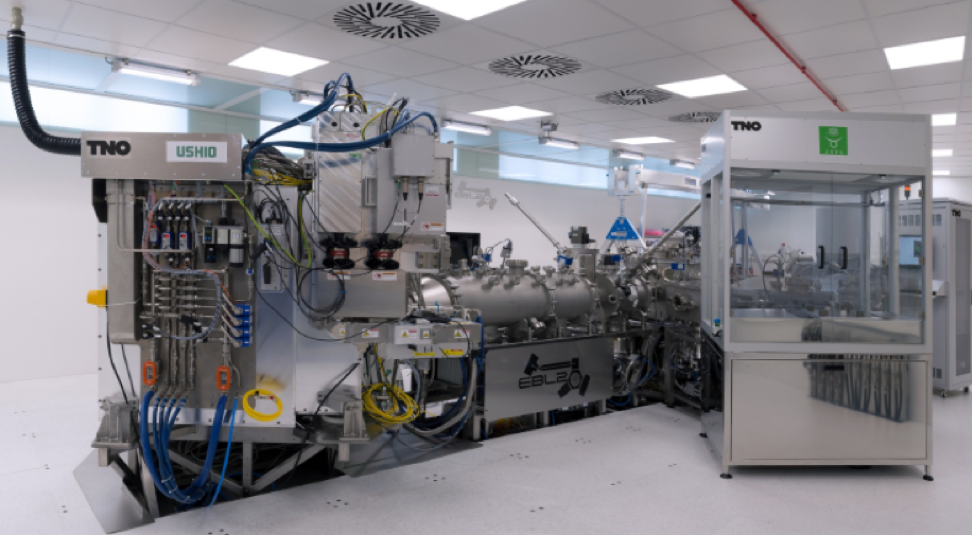
Mad Hedge Technology Letter
September 4, 2019
Fiat Lux
Featured Trade:
(HERE’S YOUR NEXT GENERATION SEMICONDUCTOR)
(USHIO)
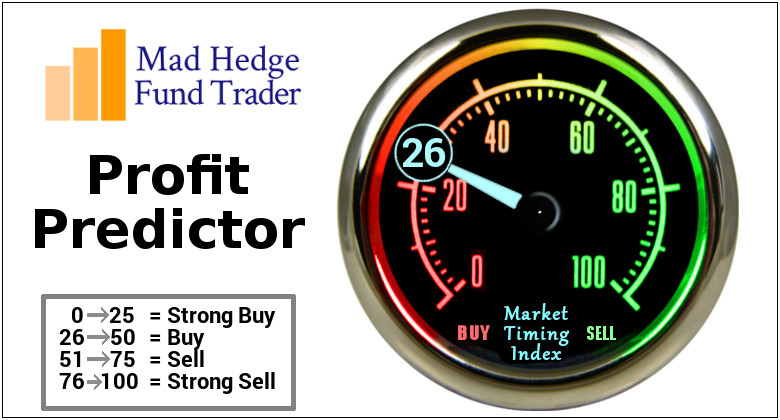
Transistor capacity has always put the kibosh on semiconductor chip performance.
Chipmakers have for decades drained investment into a revolutionary new Japanese technique to push the limits of physics and cram more transistors onto pieces of silicon.
A secretive Japanese company that mastered the skill of manipulating light for applications is about to go mainstream with cutting edge technology.
Ushio Inc. announced it had achieved the once thought impossible task of refining powerful, ultra-precise lights needed to test chip designs based on extreme ultraviolet lithography (EUV), a process through which the next generation of semiconductors will be made.
The milestone means that the Japanese company will become a prominent player in future chipmaking and technology that harnesses it.
“The infrastructure is now mostly ready,” said CEO Koji Naito in an interview.
Testing equipment was primarily holding back EUV but with that hold-up dealt with, production efficiency and yields can finally go up setting the stage for electronic manufacturers with the possibilities of producing substantially better consumer products.
The Tokyo-based company developed a light source for equipment used to test what are known as masks: glass squares slightly bigger than a CD case that act as a stencil for chip designs. These templates must be picture-perfect, even a minute of malfunction in one of them can render every chip in a large batch unfit.
That’s where Ushio seamlessly slots in.
Its technology operates lasers to vaporize liquid tin into plasma and produce light closer in wavelength to X-rays than the spectrum visible to the human eye.
That light aids chipmakers in detecting errors in the product.
This process takes a room-sized machine that looks like a sci-fi death ray and requires a phalanx of workers to operate.
After 15 years of industrious development, the EUV business will generate profits next year.
Only Intel Corp., Samsung Electronics Co., and Taiwan Semiconductor Manufacturing Co. desire to go smaller than the 7-nanometer processes that are the current status quo of CPU design.
The focus on niche areas and creating things that others can’t is set to pay off for Ushio.
Ushio is poised to seize control of the market for light sources used in testing of patterned EUV masks, there are several boutique tech companies in the Tokyo area that are incessantly focused on high-precision manufacturing.
Ushio dominates lithography lamps used to make liquid crystal displays with 80% market share and controls 95% of the supply of excimer lamps used in silicon wafer cleaning.
Their secret sauce is balancing mass production with craftsmanship.
Materials like quartz glass are arduous to work with and possess peculiar thermal expansion properties from metals like the molybdenum in which they are housed.
Ushio was established in 1964, and it was the first Japanese company to develop and produce halogen lamps.
Starting from 1973, fishermen used its lights to catch squid.
The firm has succeeded in more than tripling its sales over the past 25 years.
The company is now venturing into the use of sodium lamps to nurture plants and using ultraviolet light calibrated to such a precise wavelength to kill bacteria without damaging human skin.
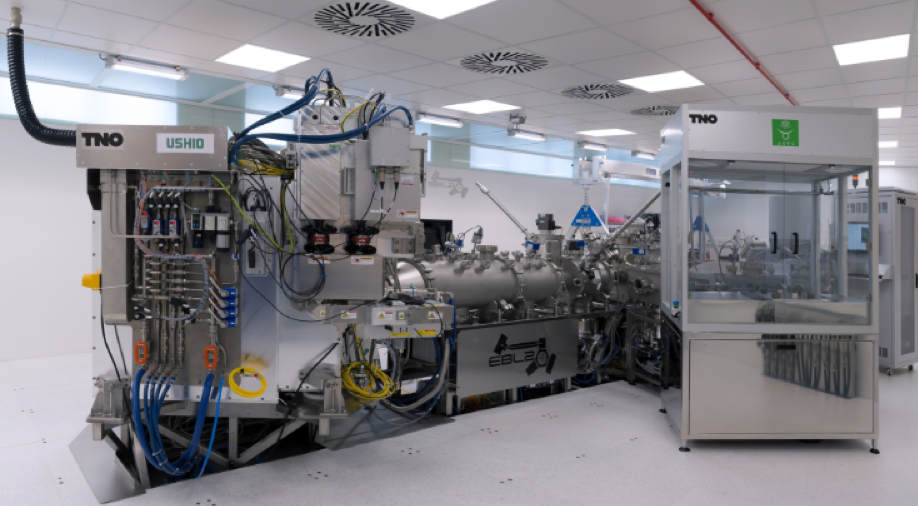
Legal Disclaimer
There is a very high degree of risk involved in trading. Past results are not indicative of future returns. MadHedgeFundTrader.com and all individuals affiliated with this site assume no responsibilities for your trading and investment results. The indicators, strategies, columns, articles and all other features are for educational purposes only and should not be construed as investment advice. Information for futures trading observations are obtained from sources believed to be reliable, but we do not warrant its completeness or accuracy, or warrant any results from the use of the information. Your use of the trading observations is entirely at your own risk and it is your sole responsibility to evaluate the accuracy, completeness and usefulness of the information. You must assess the risk of any trade with your broker and make your own independent decisions regarding any securities mentioned herein. Affiliates of MadHedgeFundTrader.com may have a position or effect transactions in the securities described herein (or options thereon) and/or otherwise employ trading strategies that may be consistent or inconsistent with the provided strategies.
This site uses cookies. By continuing to browse the site, you are agreeing to our use of cookies.
OKLearn moreWe may request cookies to be set on your device. We use cookies to let us know when you visit our websites, how you interact with us, to enrich your user experience, and to customize your relationship with our website.
Click on the different category headings to find out more. You can also change some of your preferences. Note that blocking some types of cookies may impact your experience on our websites and the services we are able to offer.
These cookies are strictly necessary to provide you with services available through our website and to use some of its features.
Because these cookies are strictly necessary to deliver the website, refuseing them will have impact how our site functions. You always can block or delete cookies by changing your browser settings and force blocking all cookies on this website. But this will always prompt you to accept/refuse cookies when revisiting our site.
We fully respect if you want to refuse cookies but to avoid asking you again and again kindly allow us to store a cookie for that. You are free to opt out any time or opt in for other cookies to get a better experience. If you refuse cookies we will remove all set cookies in our domain.
We provide you with a list of stored cookies on your computer in our domain so you can check what we stored. Due to security reasons we are not able to show or modify cookies from other domains. You can check these in your browser security settings.
These cookies collect information that is used either in aggregate form to help us understand how our website is being used or how effective our marketing campaigns are, or to help us customize our website and application for you in order to enhance your experience.
If you do not want that we track your visist to our site you can disable tracking in your browser here:
We also use different external services like Google Webfonts, Google Maps, and external Video providers. Since these providers may collect personal data like your IP address we allow you to block them here. Please be aware that this might heavily reduce the functionality and appearance of our site. Changes will take effect once you reload the page.
Google Webfont Settings:
Google Map Settings:
Vimeo and Youtube video embeds:
